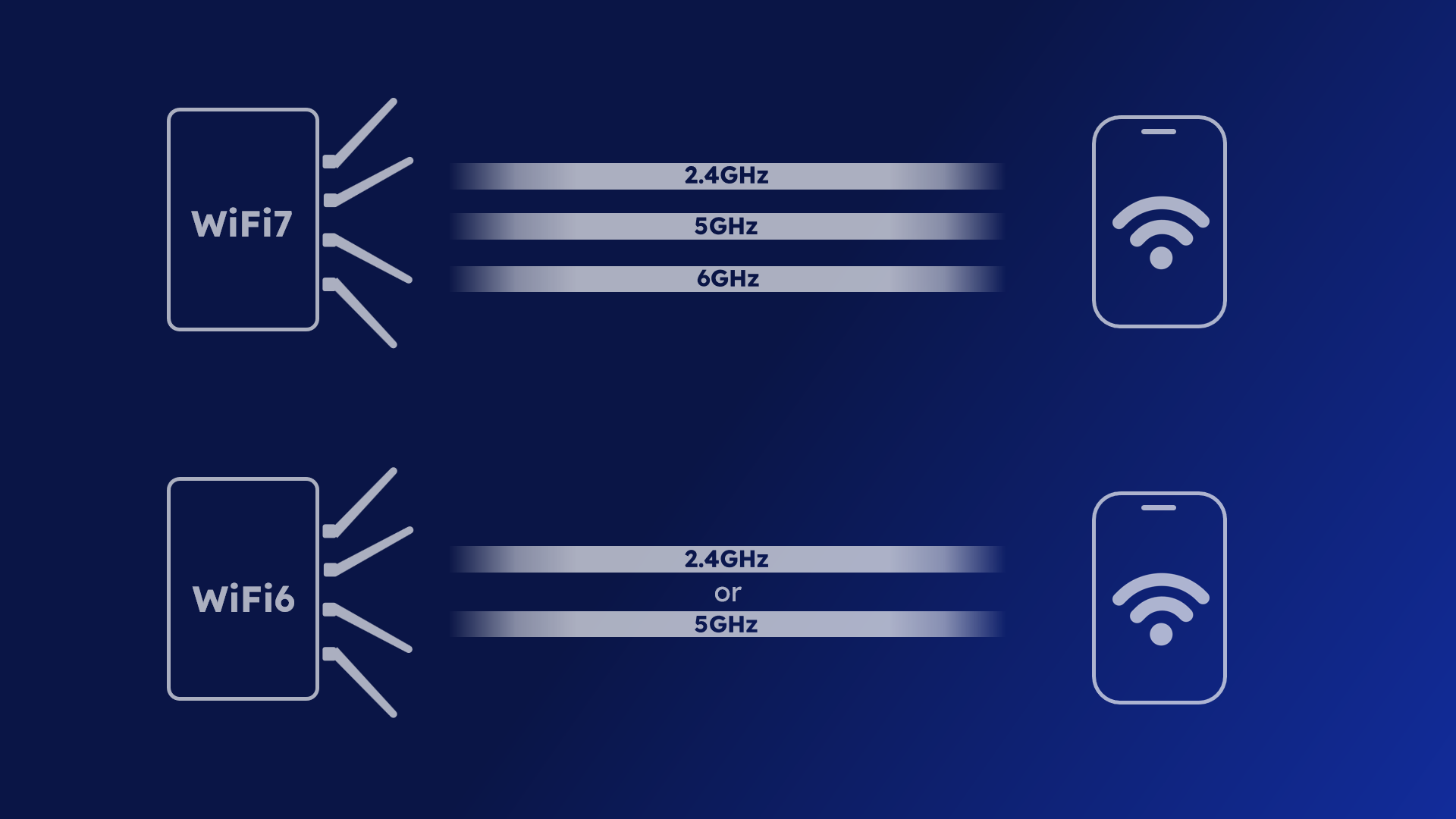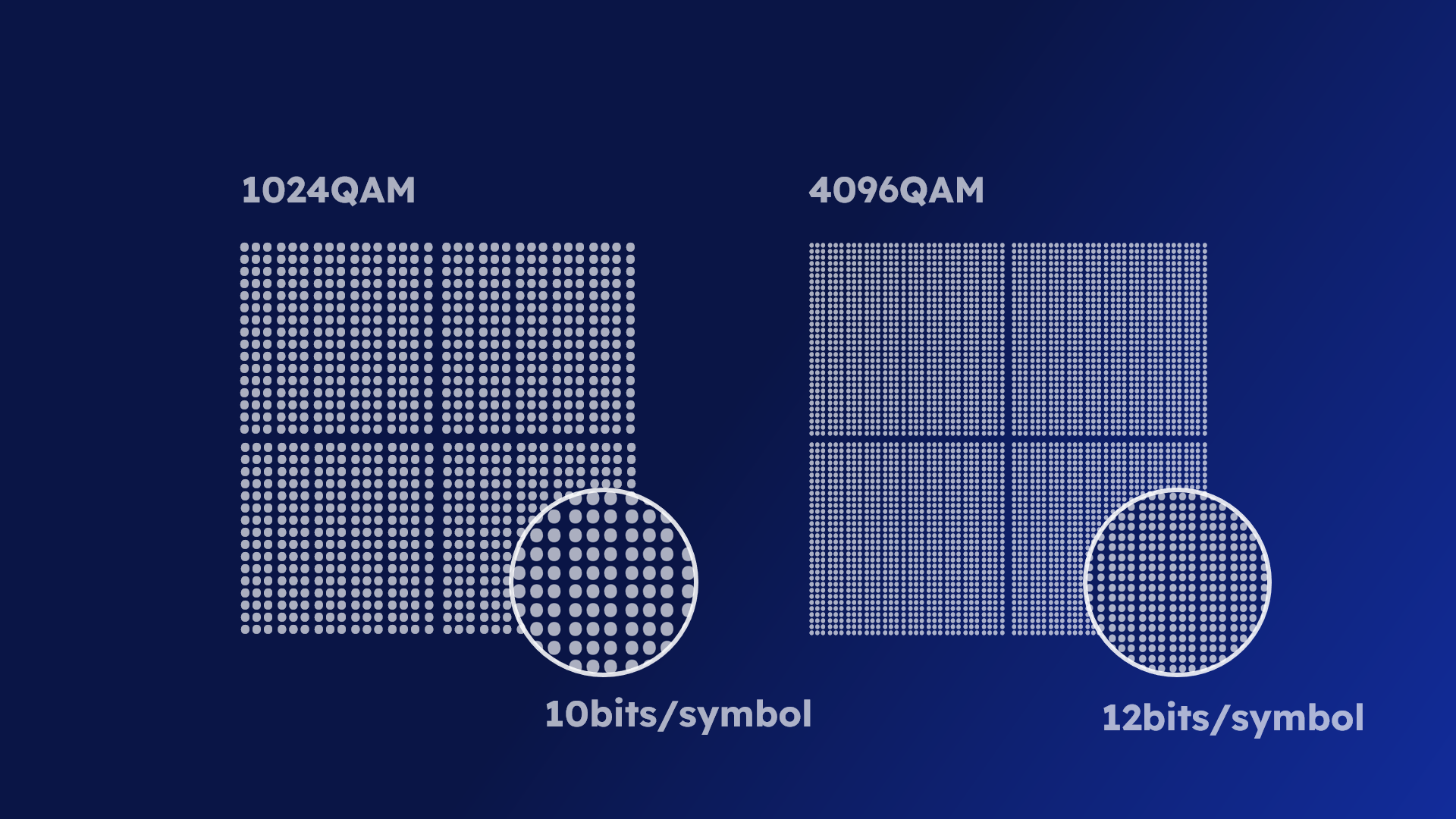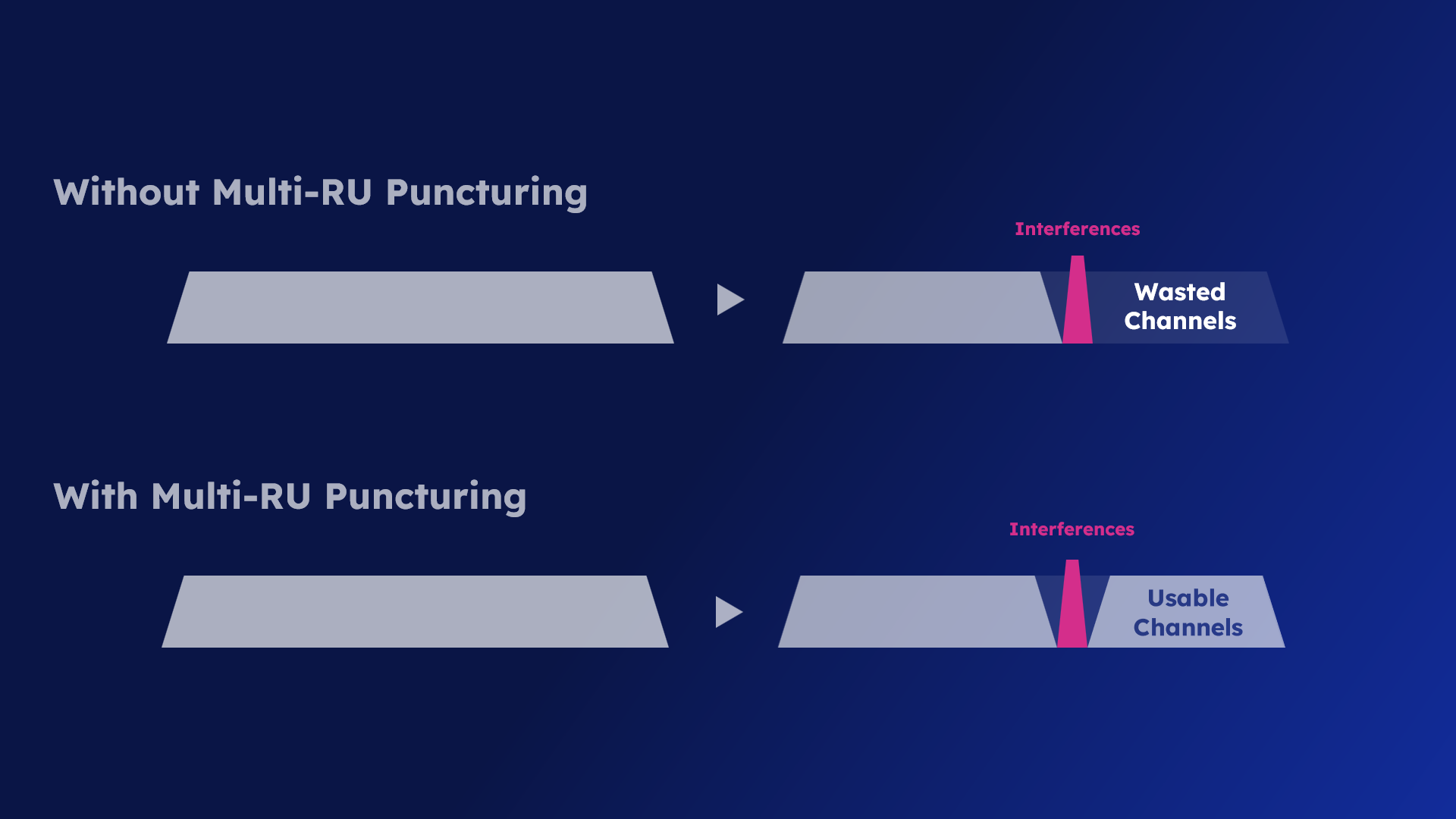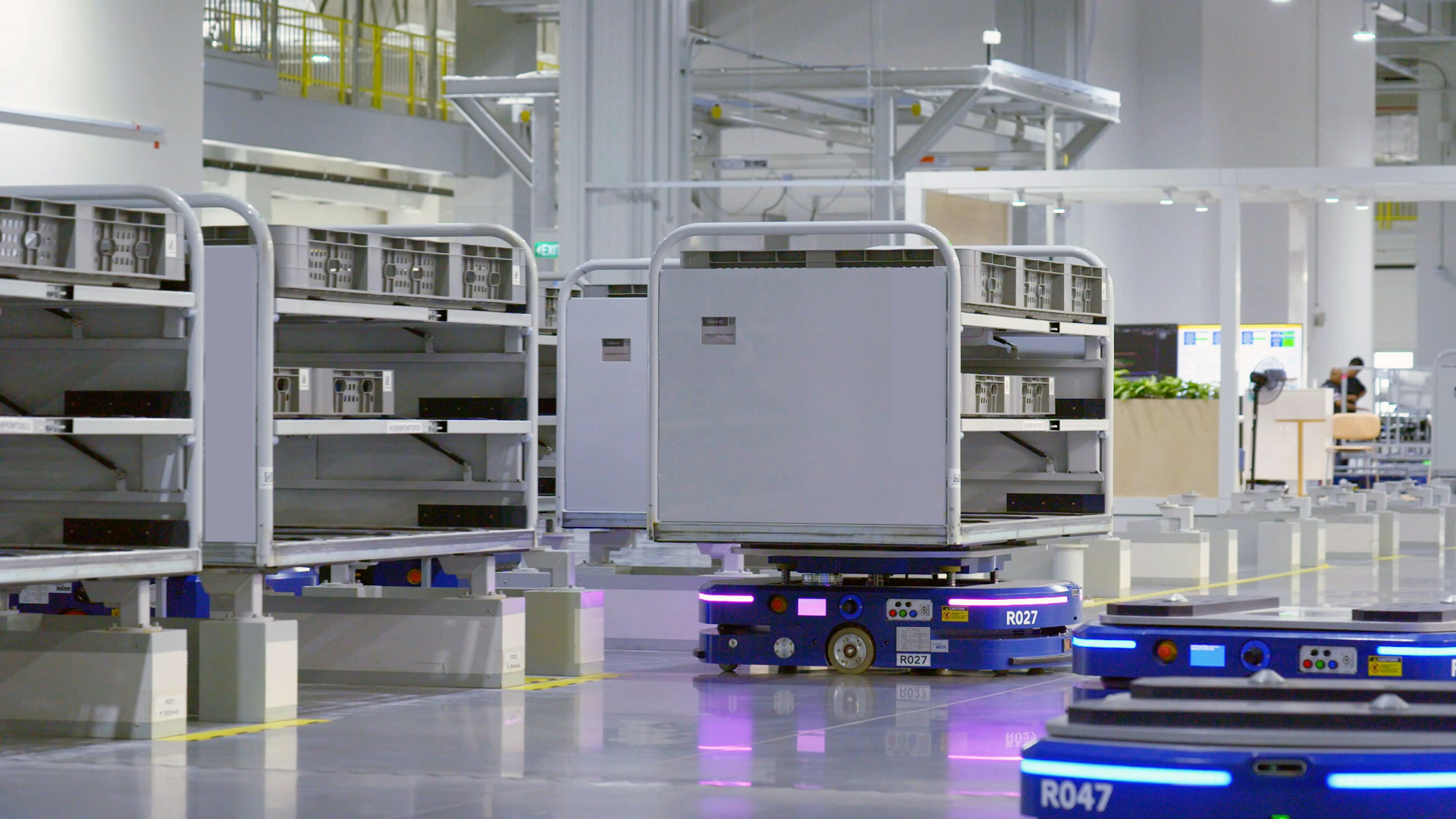What is WiFi 7 and How Will It Transform Connectivity?
The latest generation of WiFi communication, IEEE 802.11be Extremely High Throughput (EHT), also known as WiFi 7, ushers in unprecedented speeds, low latency, and high network capacity. It delivers the best WiFi user experience available today and paves the way for advanced applications. This article explores the critical upgrades brought by WiFi 7, how they will transform our lives, and how YTTEK can support the field.
Wi-Fi 7 vs. Wi-Fi 6E: What’s New and Improved?
WiFi 7 builds on the foundation laid by its predecessor, Wi-Fi 6E (802.11ax), operating across the 2.4, 5, and 6 GHz bands. However, it introduces several innovative technologies that significantly elevate the user experience, making WiFi networks comparable to wired connections.
320 MHz Bandwidth: Compared to Wi-Fi 6E, WiFi 7 doubles the bandwidth to a remarkable 320 MHz. This expansion doubles the data transfer capacity and supports simultaneous connections for more devices.
Multi-Link Operation (MLO): MLO allows a single user device to connect across different frequency bands, enabling simultaneous data transmission and reception across these bands. By aggregating bandwidth across multiple bands, MLO results in faster and more stable WiFi connections and ensures more reliable connectivity.

4K-QAM: Wi-Fi 7 utilizes 4K-QAM (4096QAM), an upgrade from the 1K-QAM (1024QAM) used in previous generations. This technology compresses data more densely within signal transmissions, potentially increasing data transfer rates by up to 20%.

Multi-Resource Unit Puncturing: Previously, WiFi could only use an entire, continuous band. If part of the band was occupied by other devices or services, the remaining portion would go unused. Wi-Fi 7 can now isolate the occupied sections and fully utilize the available bandwidth, maximizing efficiency.

Innovative Use Cases Unlocked by Wi-Fi 7
With data throughput of up to 46 Gbps, ultra-low latency, and higher network capacity, WiFi 7 enables the realization of advanced applications that demand high-speed connectivity.
8K Ultra HD Streaming: WiFi 7’s high speeds enable rapid loading and smooth playback of 8K video streams, providing a seamless viewing experience.
XR/AR: In XR/AR applications, slight signal delays can cause ghosting effects, leading to visual disorientation. WiFi 7’s ultra-high data throughput and low latency ensure a fluid and immersive experience.

Cloud Gaming and Interactive Applications: WiFi 7 offers the high bandwidth and low latency needed for real-time responsiveness. It delivers a more immersive and interactive experience while reducing the hardware requirements for user devices.
Industrial IoT (IIoT) 4.0: In intelligent factories, WiFi 7 supports the simultaneous connection of many sensors and precision machinery, providing a high-capacity, low-latency network.

YTTEK’s Support to the WiFi7
YTTEK offers a highly flexible software-defined platform, PluSDR, enabling Wi-Fi 7 researchers and system developers to validate and perform OTA testing rapidly. Y.FORCE operates across a frequency range of 10 MHz to 9 GHz and supports up to 400 MHz of bandwidth, meeting and exceeding the hardware requirements for Wi-Fi 7 research.
Key Features of PluSDR (YTPC400)
- Highly flexible software-defined radio platform
- Supports a frequency band of 10 MHz to 9 GHz
- 400 MHz high bandwidth per channel
- Supports 5G NR, WiFi, and CCSDS (satellite communication) standards
Leveraging SDR’s high flexibility, the PluSDR SDR platform enables wireless researchers and system developers to rapidly prototype wireless communication systems and validate their concepts, including WiFi (WiFi 6, WiFi 6E, and WiFi7), 5G NR, and CCSDS technologies. This accelerates product development timelines and serves as an important tool for shortening the gap between research and application.

